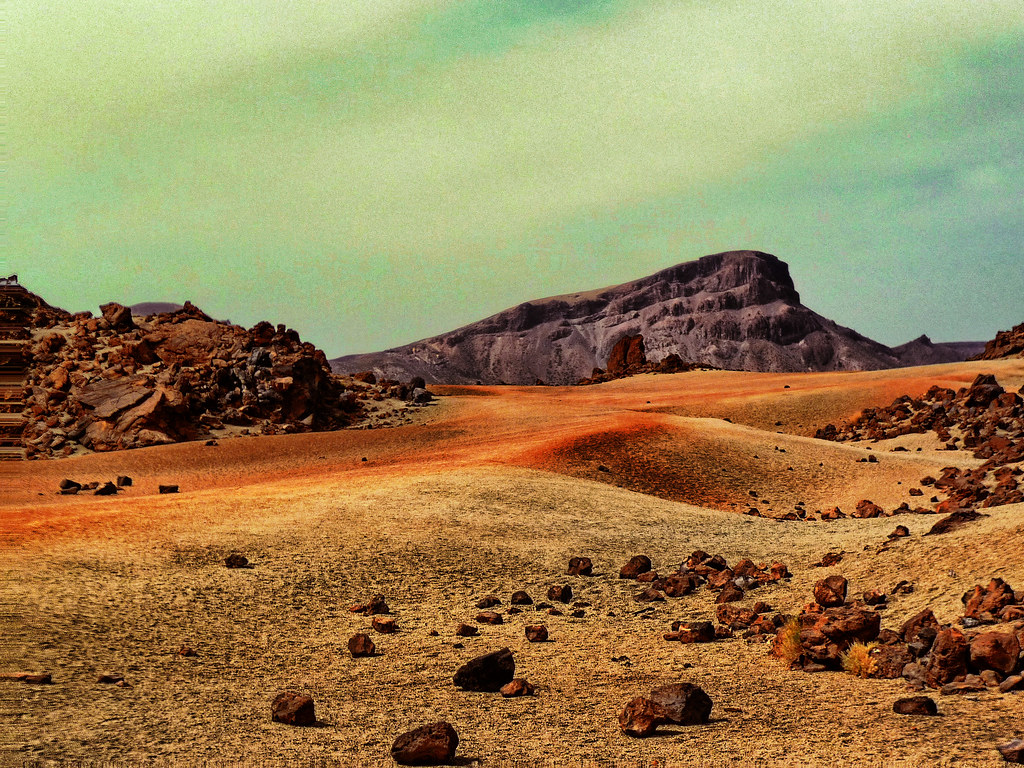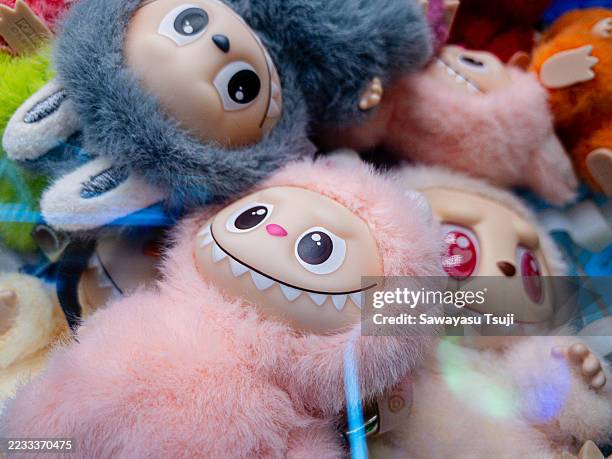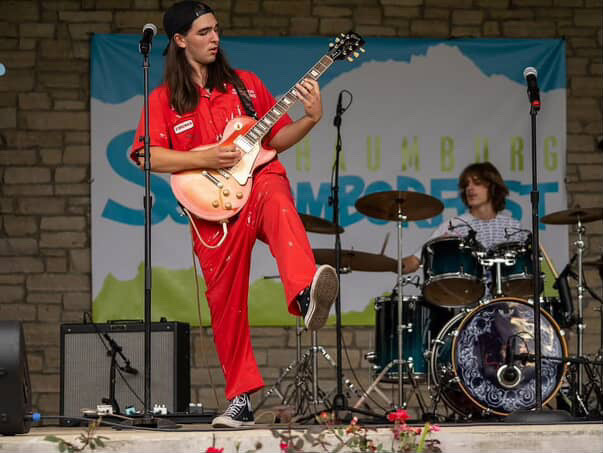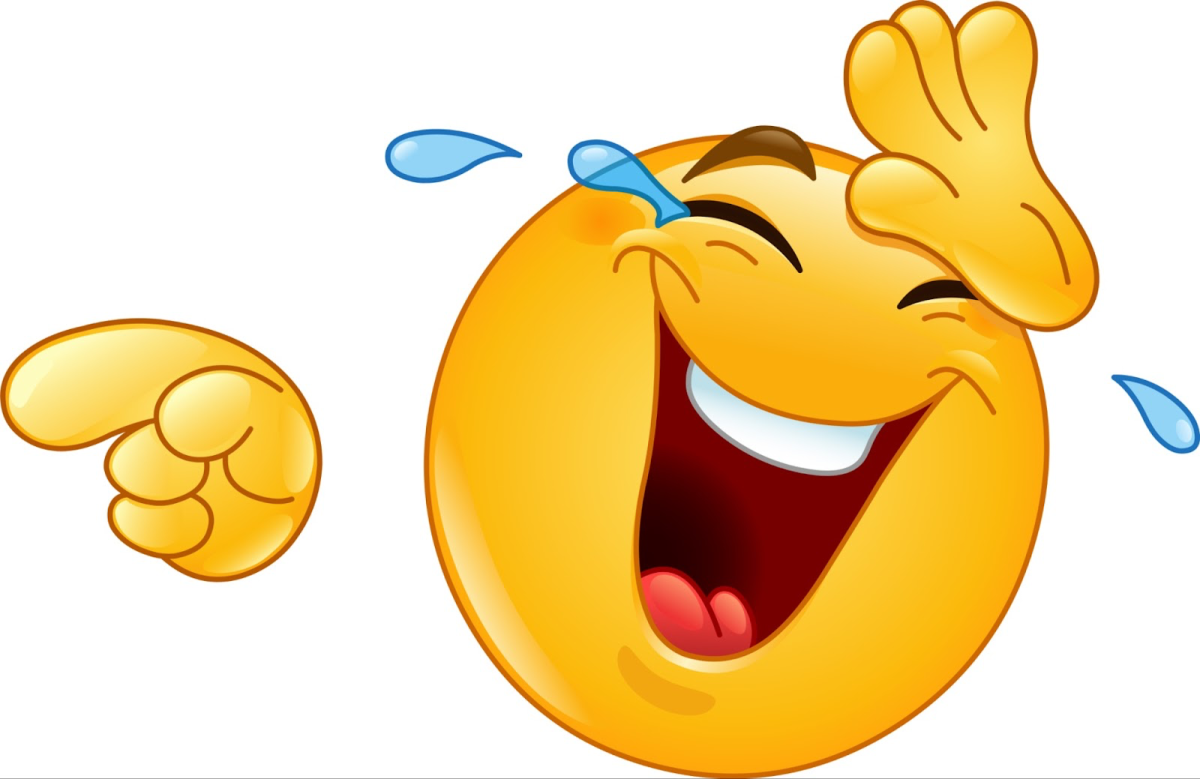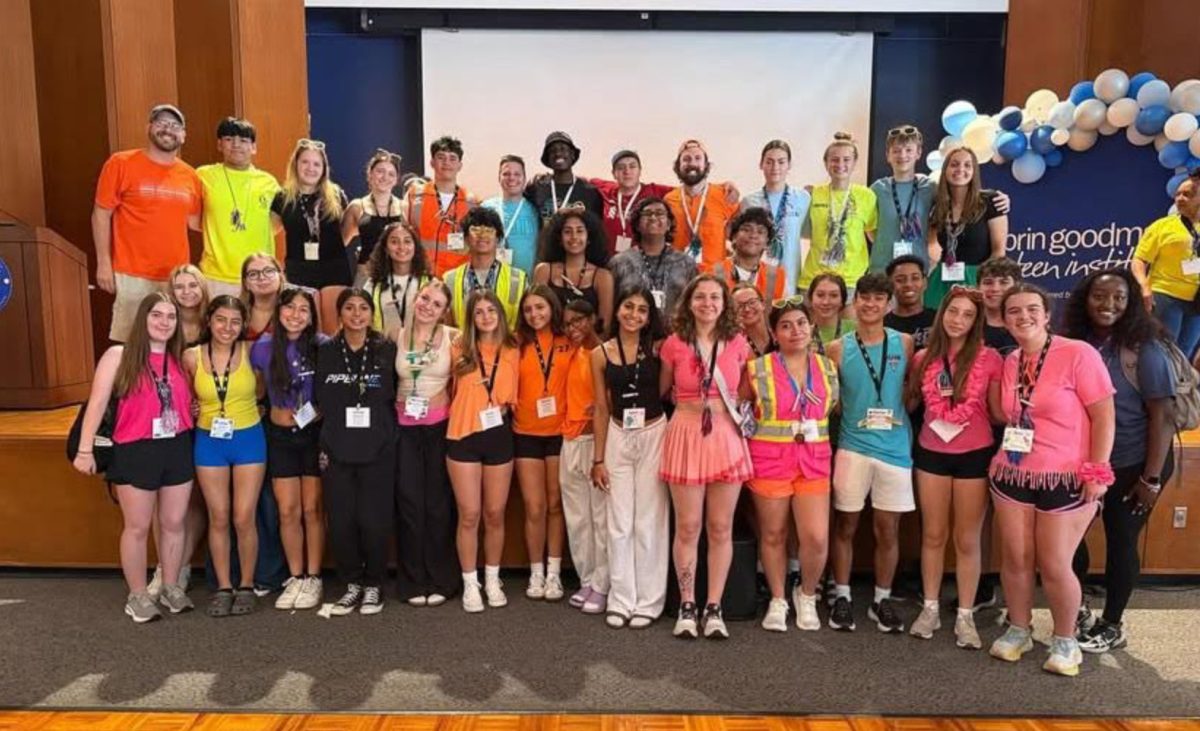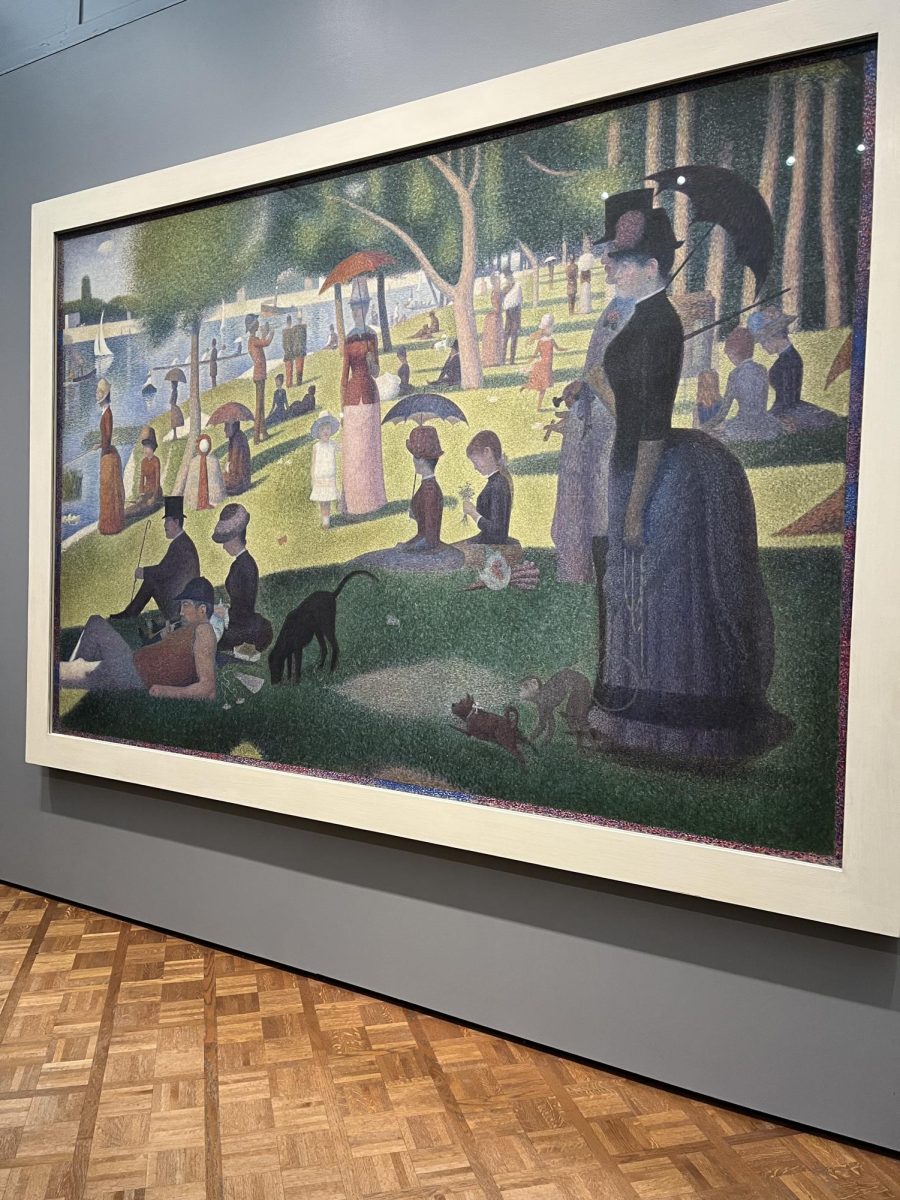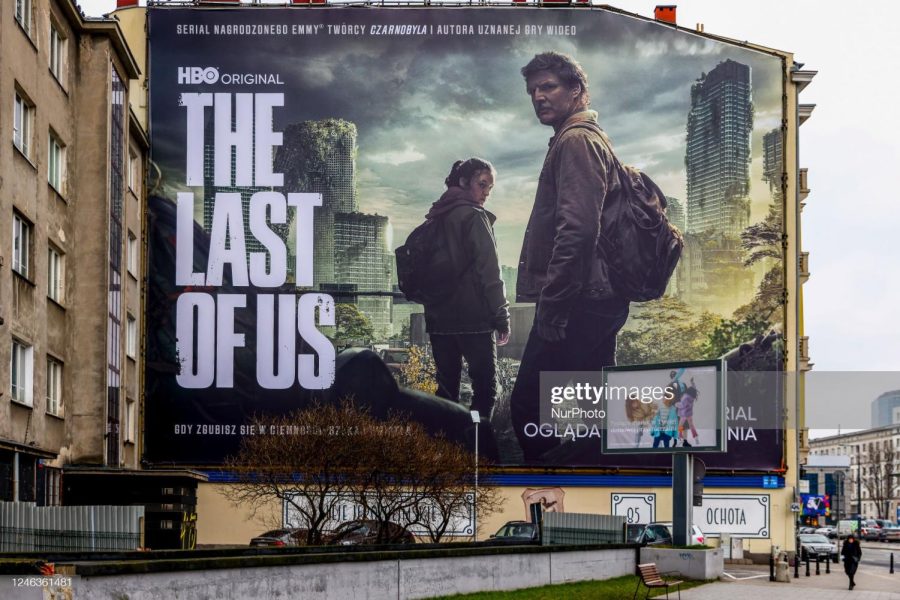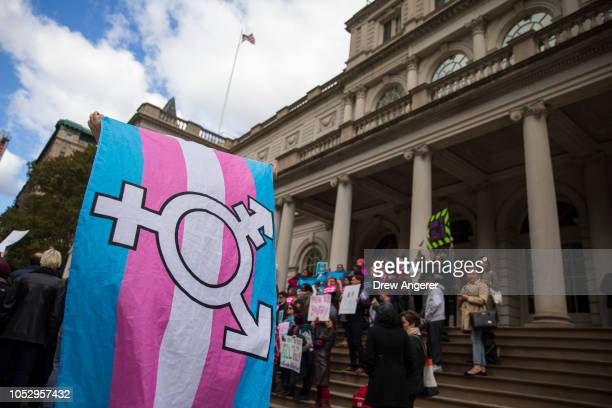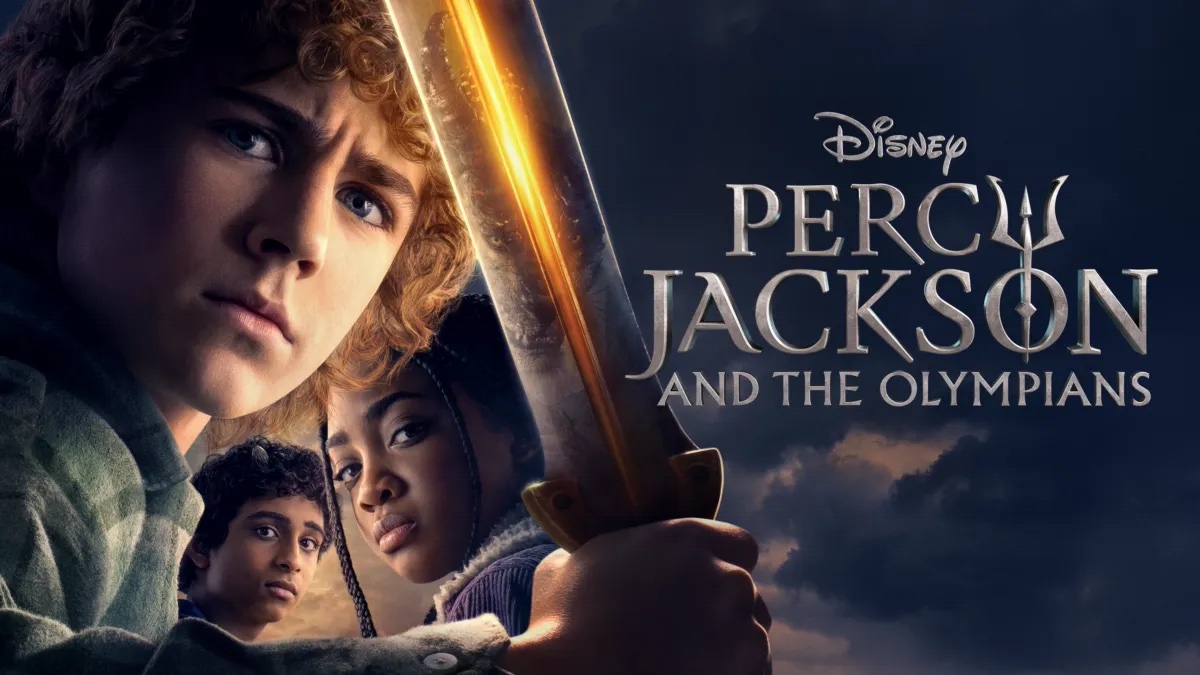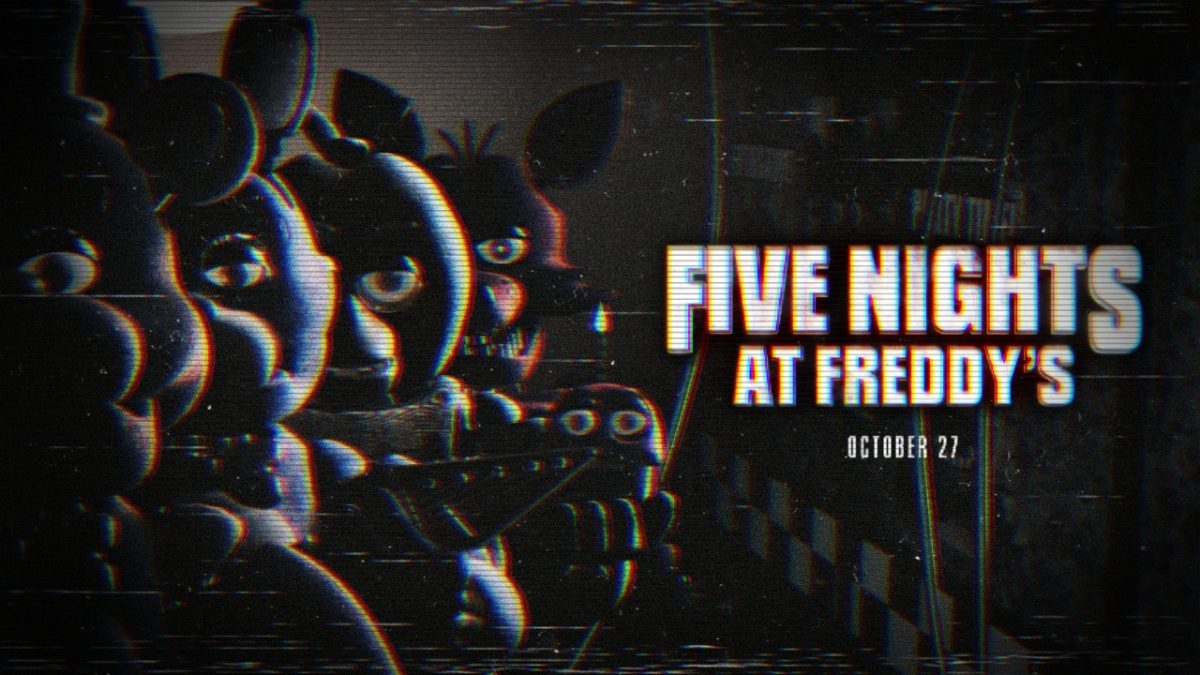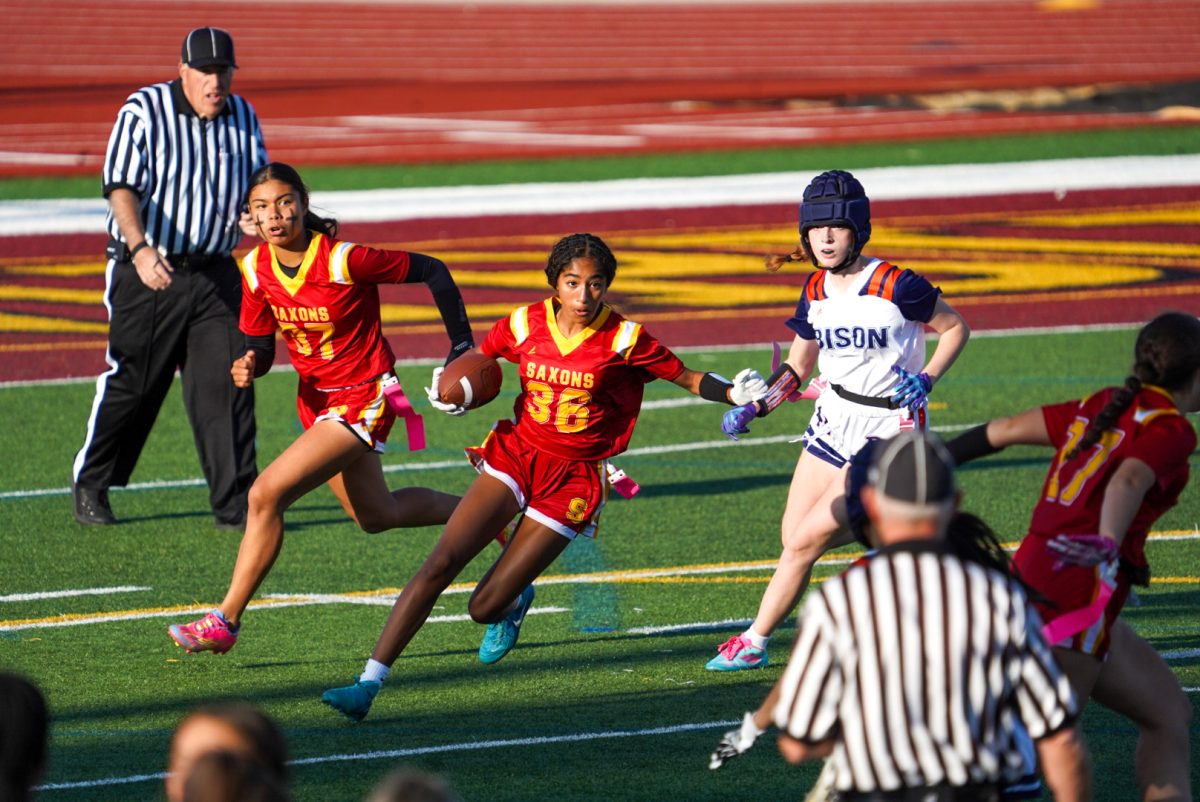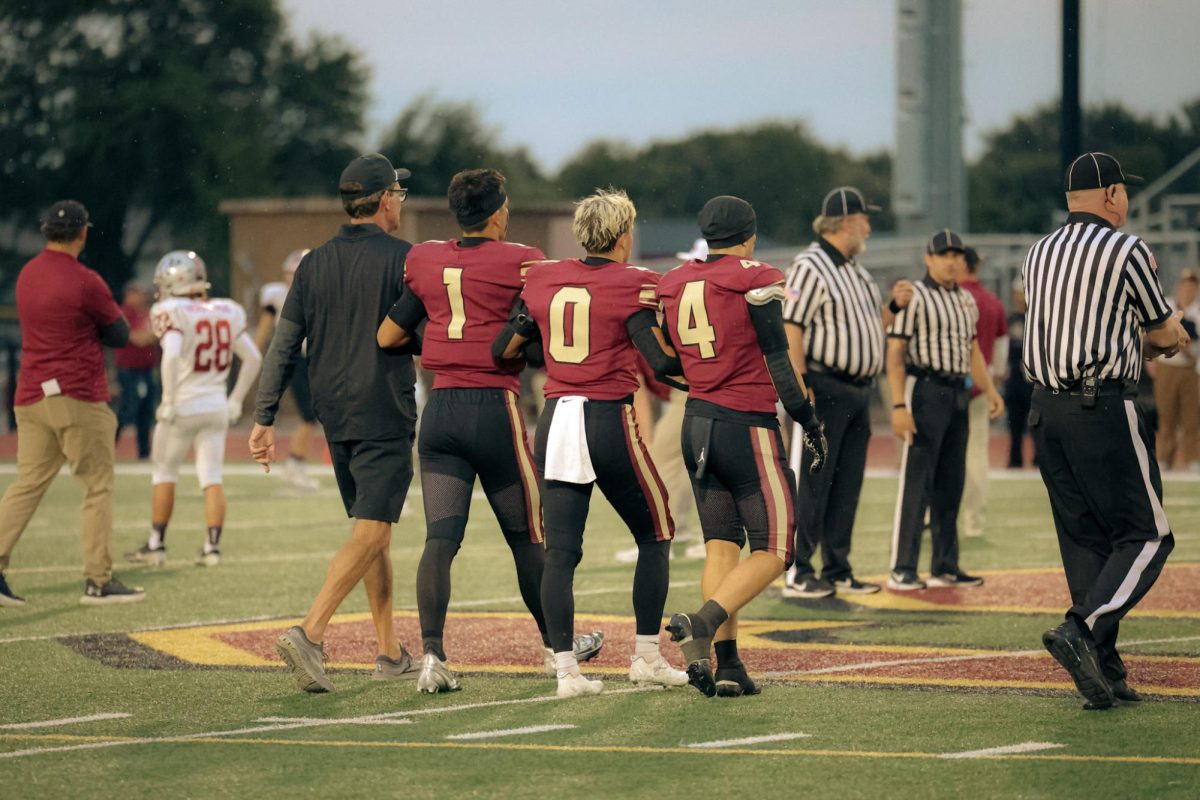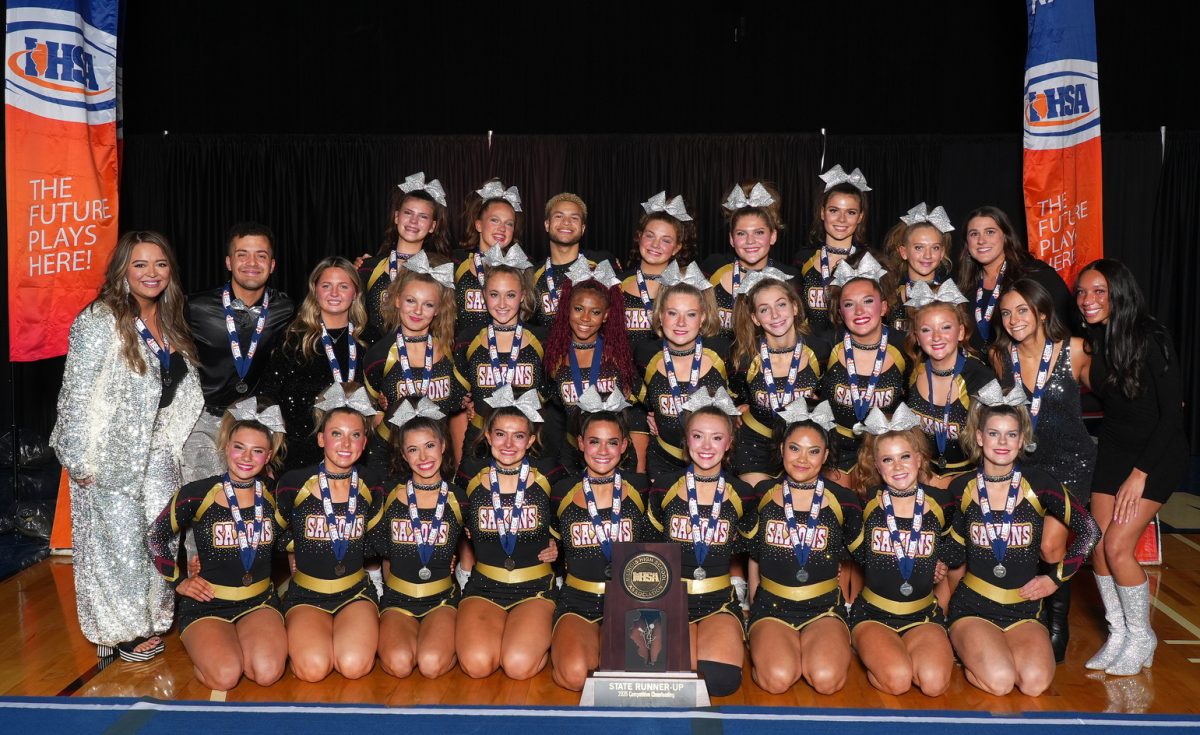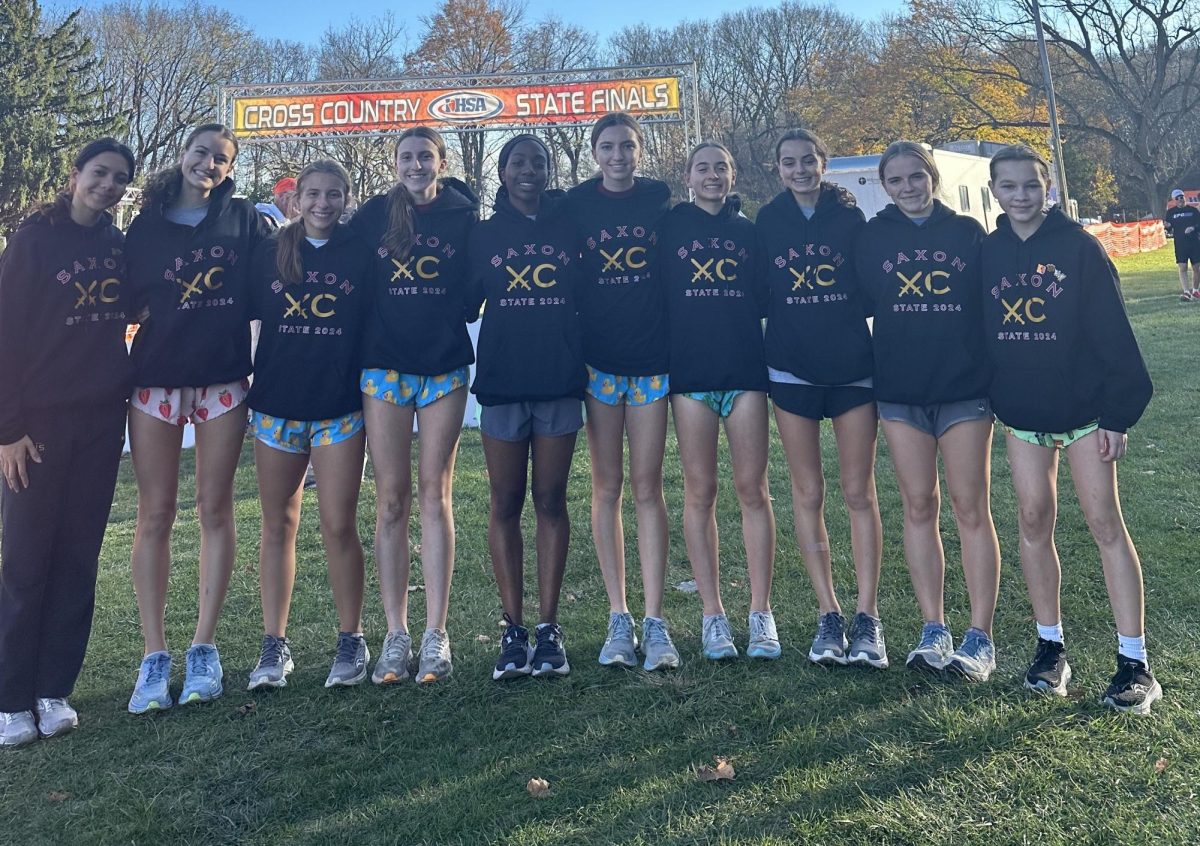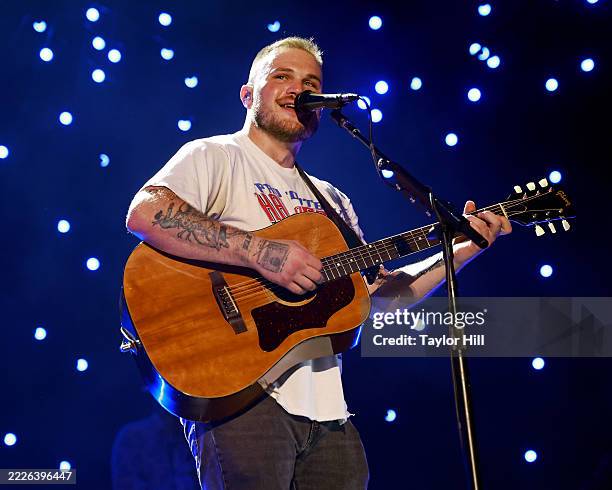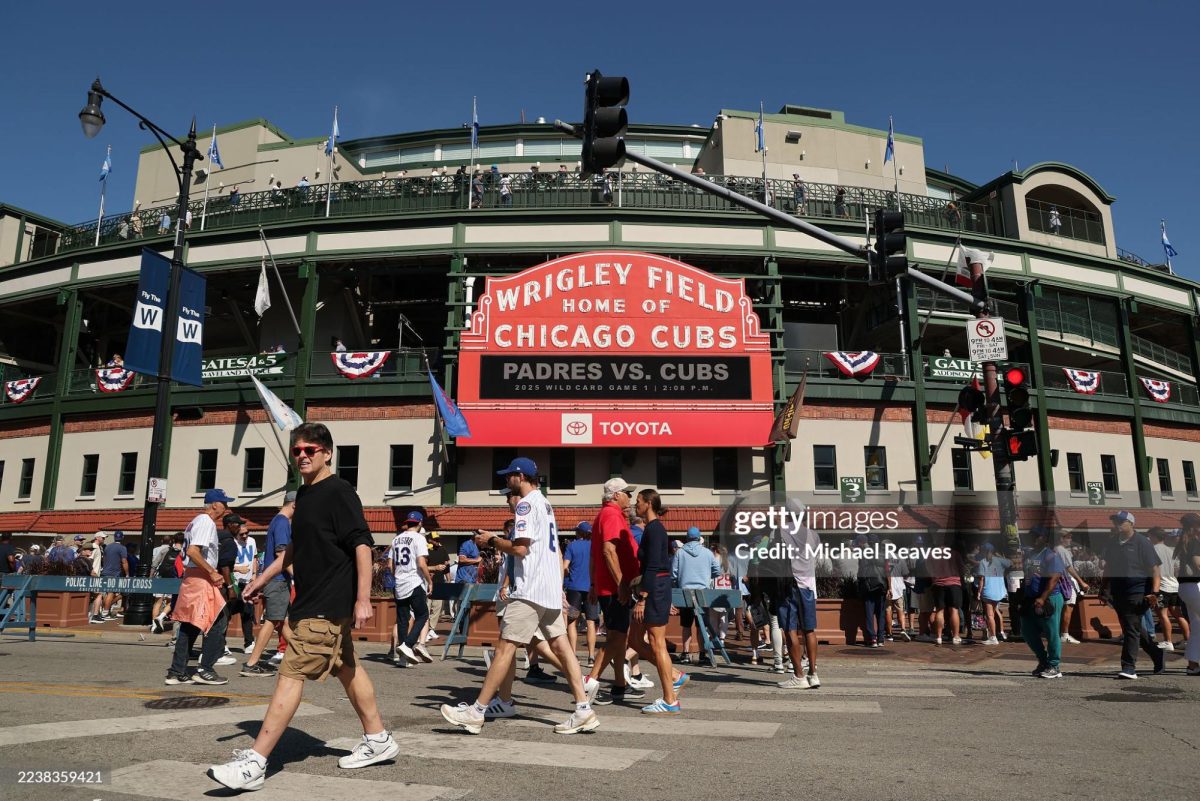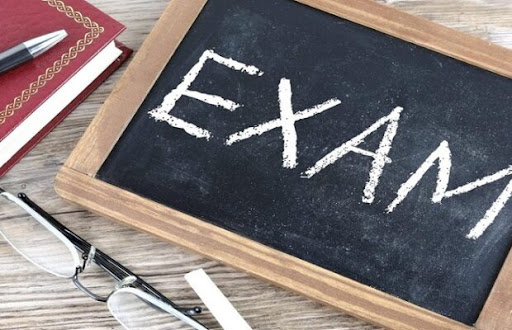BLM protests gain traction
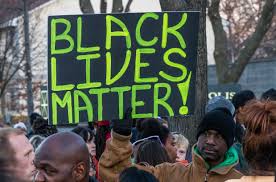
George Floyd’s death sparked a wave of protest demanding police accountability.
November 12, 2020
On May 25th, George Floyd, a 46 years old man, was placed in a choke hold for more than eight minutes for allegedly using a counterfeit $20 and died in police custody. The ensuing backlash resulted in protest, marches, and even rioting as people across the nation called for greater accountability for police officers, due to continued documented police violence.
When Floyd was arrested, bystanders were quick to notice his distress and pleaded for help on his behalf, as many noted that he had trouble breathing. One bystander, a firefighter, asked the officers to check if Floyd had a pulse. The sequence of events within those eight minutes were captured via cellphone and shared widely online, enraging the public. His death in police custody, after being arrested for a nonviolent crime, sparked protests in Minneapolis, drawing calls to reassess police budgets.
Using Floyd’s death as a symbol of inequity and racism, protests grew throughout the summer; many cities have been unable to maintain order. Some places enforced mandated curfews and increased the number of law enforcement personnel. During some protests, demonstrators took down monuments and statues of Confederate leaders.
As protests mounted, some took advantage of the situation and began looting and destroying property, prompting the governors and President Trump to send in the National Guard. Across the nation, many Americans struggled to comprehend the ensuing violence. People counter-protested; speaking out in support of police officers while pointing out a seeming hypocrisy. How could people resort to violence if they sought justice? Unfortunately, Floyd was just one man in a string of minority suspects or detainees to die in suspicious or questionable circumstances.
As scrutiny on use of force increased, this drew attention back to other cases that had not caught the public eye. Instead of just emphasizing Minnesota, activists recalled and galvanized efforts to investigate the death of Elijiah McClain. He was a 23 year old African-American massage therapist who was placed in a choke hold after buying iced tea at his local corner store on August 24, 2019 in Aurora, Colorado. He had anemia and wore heavy clothing in warm weather, which reportedly made him appear suspicious. After struggling to handcuff him, paramedics injected McClain with a lethal dosage of ketamine, a powerful sedative. The dosage was too large for his weight, causing cardiac arrest. His last words included, “I’m so sorry,” and “I just can’t breathe properly.”
Months before George Floyd’s death, a 26 year-old Louisville native named Breonna Taylor was killed when police entered her apartment to serve a “no-knock warrant” late at night on March 13th 2020. Her boyfriend, thinking that someone was breaking into their apartment, shot one officer while unaware that they were police. The officers returned fire and she was struck five times. Although her death had occurred 2 months prior to Floyd’s, his death along with others, galvanized calls for reform.
Despite the heightened attention, further police violence continued. On August 23, 2020 Jacob Blake was shot in the back seven times in Kenosha, Wisconsin. Police arrived and tased him, but he managed to get back to his car and when he bent over into his vehicle, officers shot at him. Although he survived this incident, Blake may be paralyzed from waist-down permanently. The subsequent protests and counter-protests resulted in the shooting deaths of two people by Illinois native Kyle Rittenhouse.
Just last month, Jonathan Price was shot four times and killed by police on October 3, 202o in northern Texas. He had helped to break up a fight and even stopped to speak with the officer responding to the scene. This incident, however, offers a signal that change is under way. Just two days later, the officer was arrested and was terminated from his position with the police force.
Still, many BLM counter-protestors point to the violence of some riots and looters. While most protests proceed peacefully and never make headlines, the violence occurring during looting or rioting is unlawful, and those events can serve to overshadow the systemic and systematic abuses that committed by authorities.
